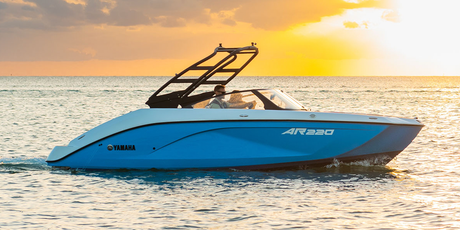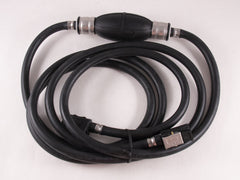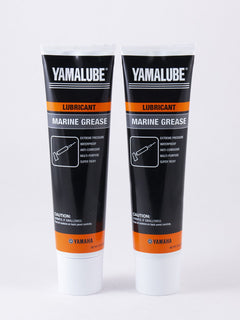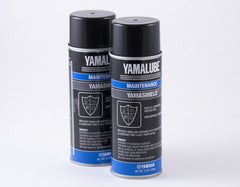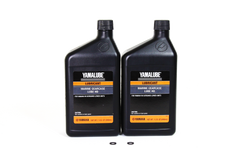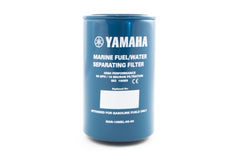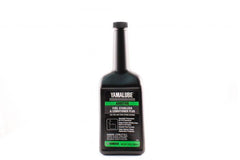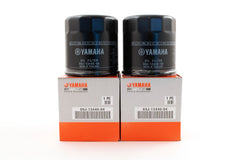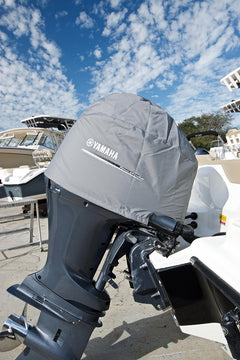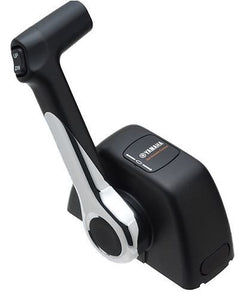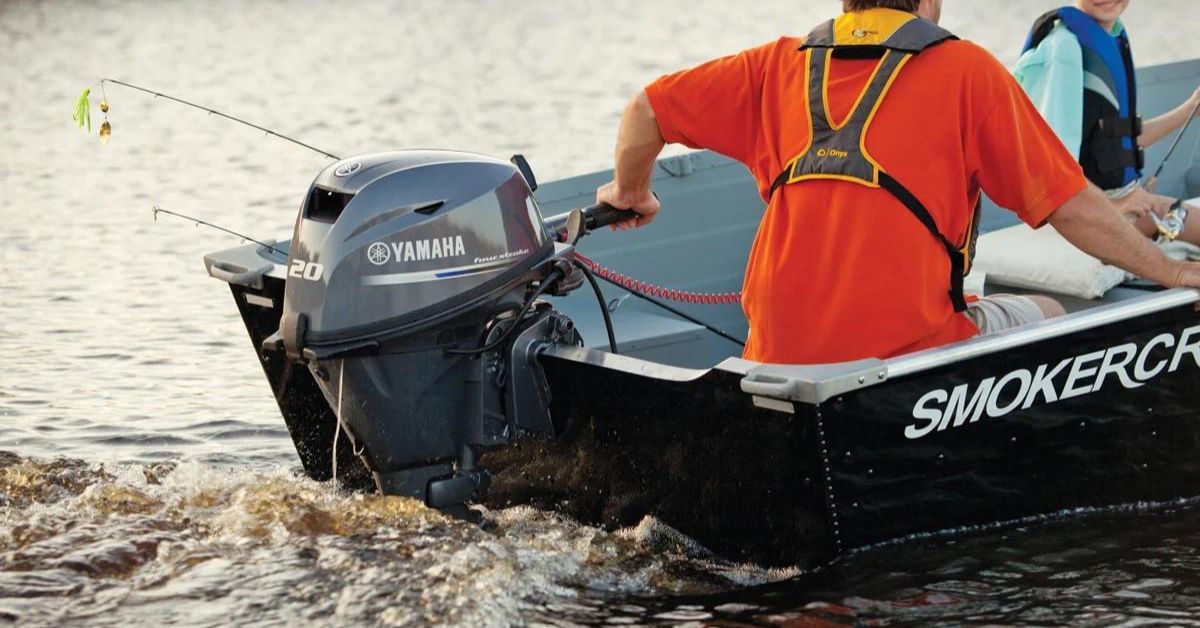
If you want a smoother, more responsive boating experience, understanding how your outboard motor throttle controls work is a great place to start. Whether you're new to boating or have logged thousands of hours on the water, throttle control plays a huge role in safety, performance, and comfort. This guide will break it all down—what throttle controls are, how they work, and how to keep them in top shape.
What Are Outboard Throttle Controls?
Outboard throttle controls regulate the speed of your boat’s engine. They manage how much fuel and air enter your engine, letting you increase or decrease your boat’s speed with precision.
The throttle on a boat also helps you shift between forward, neutral, and reverse—often through the same lever. Whether you're adjusting for smooth cruising or tight maneuvers at the dock, throttle controls give you the command you need.
Wondering what the throttle on a boat does? It's your power handle—push to go faster, pull to slow down. Pretty simple once you get the hang of it.
How Do You Use the Throttle on a Boat?
Using the throttle is straightforward. Push the lever forward for forward motion. Pull it back to reduce speed or switch to reverse. Always begin in neutral, and ease into throttle changes to prevent harsh jolts. Most systems have a safety button or lock to keep you from accidentally shifting while under power.
Understanding the Basic Components
Your throttle system has a few main parts:
- Throttle lever: The main control arm you use to speed up or slow down
- Cables: For mechanical systems, these link the control to the engine
- Electronic connectors: Found in newer digital models, allowing fast, smooth communication with the motor
Knowing how each part works helps when it's time to troubleshoot or upgrade.
Mechanical vs. Electronic Throttle Controls
There are two main types of throttle systems:
- Mechanical: These old-school setups use physical cables to send throttle and shift commands. They're durable, familiar, and reliable.
- Electronic (ETC/DTS): These systems replace cables with electronic signals. You get quicker response, reduced friction, and smoother shifts. Many modern Yamaha outboards come with this option, especially in higher-horsepower models.
Each has its pros and cons. Mechanical is tried and true; electronic is precise and low-maintenance.
How Throttle and Shift Linkages Work Together
Throttle and shift controls are typically combined into one lever or setup. Move the lever forward to speed up; pull it back to slow down or reverse. It’s all about balance—these controls work together to give you safe, smooth operation whether you're fishing, docking, or heading full speed across open water.
Throttle Control Placement Options
Depending on your boat type, throttle placement varies:
- Console-mounted: Most common on mid-to-large boats
- Tiller-mounted: Great for smaller boats with direct control at the motor
Each offers different handling styles. Choose based on what feels natural and fits your layout.
Maintenance Tips for Throttle Controls
To keep things working smoothly:
- Check cables for signs of fraying or rust
- Lubricate the connections at regular intervals
- Test throttle motion—any stiffness or sticking means it’s time for maintenance
Trust us, a sticky throttle is not something you want to discover mid-trip.
Common Issues With Throttle Controls
Some issues that pop up include:
- Stiffness: Often from salt buildup or rust on cables
- Lag: Especially in electronic systems, a delayed response can signal a faulty connector
- Loose lever: A worn pivot point or loose mounting screws can cause this
Address problems early before they grow into safety risks.
Throttle Cable Adjustment
Cables stretch over time, making response sluggish. If you notice hesitation when shifting or accelerating, it might be time to adjust the throttle cable. Tighten or loosen cable tension per your owner's manual or let a marine technician handle it if you're unsure.
The Importance of Smooth Throttle Operation
Smooth throttle control isn’t just about comfort—it helps avoid jerky movements, reduces engine strain, and improves your ability to maneuver. You’ll notice the difference when docking or navigating crowded marinas.
Upgrading to Digital Throttle and Shift (DTS) Systems
DTS systems are a game-changer. No cables. No lag. Just clean, instantaneous control between your lever and the engine.
If you're piloting a high-performance craft or value ultra-smooth operation, it's worth the upgrade. Plus, DTS often includes integrated trim and advanced diagnostics.
Choosing the Right Throttle Control System for Your Boat
Here’s a quick guide:
- Smaller boats or basic setups? Mechanical throttle might be all you need.
- Performance craft or frequent outings? Go for electronic controls for smoother operation and longer-term reliability.
Consult with your dealer or technician to match the system to your motor and hull.
Enhancing Safety With Dual-Engine Throttle Controls
Boats with twin engines benefit from dual throttle systems. These allow independent control of each motor, making tight turns and docking a breeze. You'll often find these setups on sportfishers, center consoles, and larger cruisers.
How Weather Affects Throttle Performance
Cold weather stiffens cables. Saltwater? It speeds up corrosion. Always rinse your throttle controls after a trip, use marine-grade grease, and inspect electrical connections if you're running a DTS system.
Professional Installation for Optimal Performance
Throttle systems might seem easy to install—but getting everything calibrated just right can be tricky. If you're installing new controls (especially DTS), it’s smart to have a certified tech handle the job.
They’ll make sure your cables (or wiring) are the correct length, tensioned properly, and working in sync with your engine.
Yamaha Outboard Controls for Precision and Reliability
If you're upgrading or replacing, Yamaha’s OEM throttle systems are some of the best out there. Whether you're after simplicity or high-tech control, Yamaha has a throttle setup that fits your engine and boating style. Designed specifically for Yamaha outboards, these Yamaha outboard controls offer precision, reliability, and ease of use.
TL;DR:
Outboard motor throttle controls let you manage your boat’s speed and direction. Whether mechanical or digital, smooth throttle function improves safety, handling, and fuel efficiency. Yamaha offers top-tier systems for every boating need—backed by quality and engineering you can count on.

